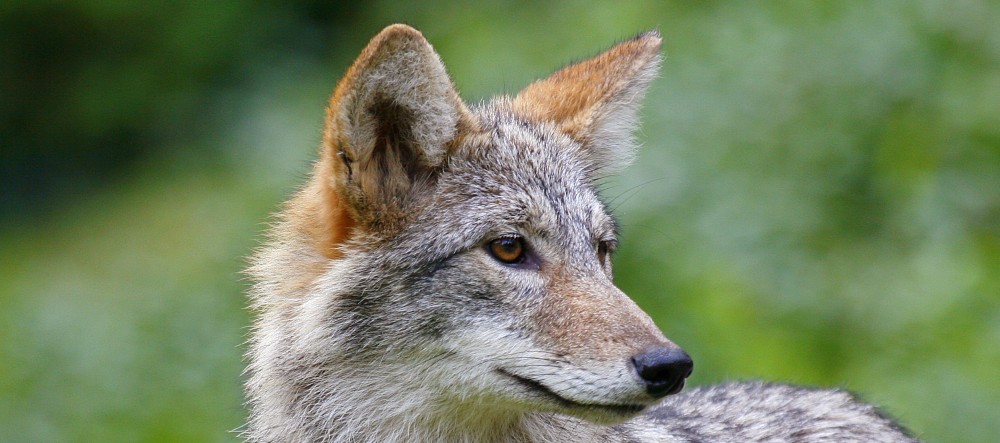Idaho lawmakers are debating the one-time allocation of $2 million in state funds plus $200,000 annually to be paid by ranchers to supplement the $2.1 million annual budget of the US Wildife Services’ Idaho operations to increase wolf suppression. Their goal is to reduce the wolf population by 54%, from the currently estimated 650 animals to about 300, and thereby reduce wolf-related livestock mortality from current levels (78 cattle, 565 sheep in 2013) by 25%. The $2 million in state funds is planned as a one-time cost, though wildlife experts in Idaho suggest that the plan is unlikely to succeed at that level of funding. According to US Wildlife Services Idaho Director Todd Grimm, “I don’t think we can do it with $2 million.” In other words, the State will likely allocate more taxpayer funds in the future.
If they are successful in reducing livestock mortalities by 25%, that means that annual kills will go down by 19 cows and 141 sheep, or 160 animals combined. If we look at the 5-year budget of $2 million in one-time tax monies and another $200,000 per year ($1 million total) in rancher funding, the total program will cost $3,750 per head saved.
According to Farm and Ranch Guide, breeding cows produce an average net income of $2,582 over 5.7 years (the average age of breeding stock). The average value of each calf, based on sales prices after weaning, is $948. If we assume that the lost head are one-third breeding age and two-thirds young stock, the average per head value is $1,492. That compares favorable to a March, 2014 report by Magic Valley news (Twin Falls, Idaho), which cited $1,000 as the average value per cow killed by wolves. Averaging the Magic Valley and FRG values produces $1,246 per head. According to a University of Wisconsin-Madison paper, the per ewe farm price is $178. The USDA published sheep values as of Sept. 2014 range from $144 to $225. Thus, the UW-Madison price is a good mid-range value.
Thus, the total value of the projected reduction in losses due to wolf kills is $988,790 over a 5-year period. The cost would be $2 million in tax payer funds and $1 million in rancher funding. In other words, Idaho lawmakers are considering spending $3 for every $1 they might save. This assuming that their program is successful and they do not need to increase the suppression budget. Even if the program is twice as successful as expected (how often does this happen with government programs?), this project would still spend $1.50 for every dollar saves. And this doesn’t consider the $2.1 million annually in federal taxpayer monies spent by US Wildlife Services.
To most people without a vested interest in the outcome, this will likely seem absurd. Unfortunately, this is pretty representative of the economics of predator suppression across these United States.
Read more about this here. An in-depth look at the social and ecological value of wolves, as well as public opinion regarding their reintroduction can be found here.








I absolutely hate ranchers! Who the hell do they think they are? Move your precious cattle somewhere else! The only thing those cattle mean to you is money money money! Rot in Hell!